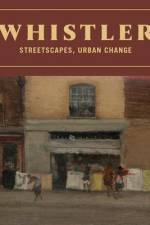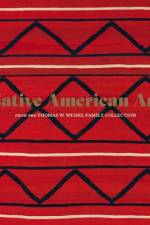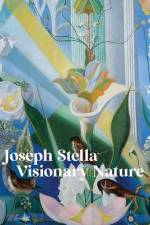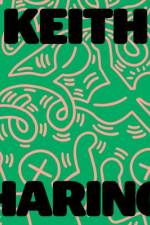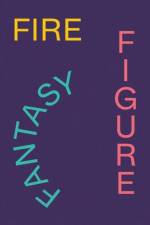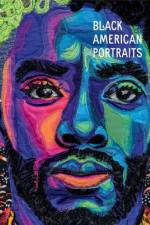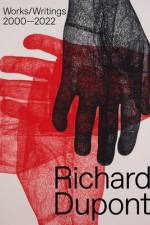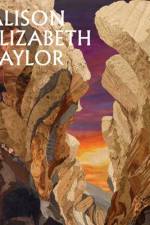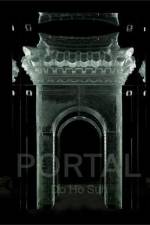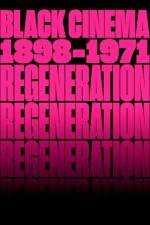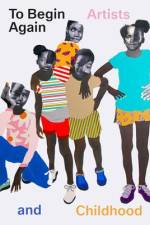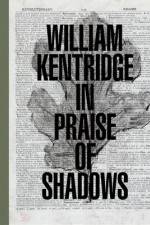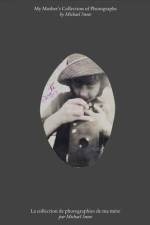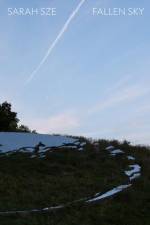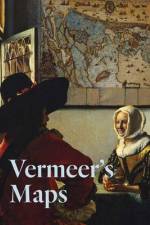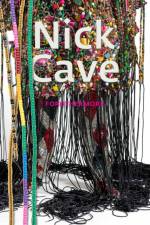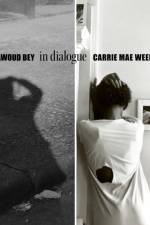av Jeffrey De Blois
451
How artists from Paul Klee and Mierle Laderman Ukeles to Faith Ringgold and Deborah Roberts have explored childhood themes of innocence, spontaneity and storytellingArtists have long been inspired by children-by their imagination, creativity and unique ways of seeing and being in the world-and have made work that depicts and involves children as collaborators, that represents or mimics their ways of drawing or telling stories, that highlights their unique cultures, and that addresses ideas of innocence and spontaneity closely associated with children. To Begin Again: Artists and Childhood surveys how artists have reflected on and contributed to notions of childhood from the early 20th century to the present. The works in To Begin Again offer distinctive viewpoints and experiences, revealing how time and place, economics and race, and representation and aesthetics fundamentally shape how we experience and understand early development. The catalog underscores that while there is no single, uniform idea of childhood, it is nevertheless the ground upon which so much of society is built, negotiated and imagined. Artists include: Ann Agee, John Ahearn, Njideka Akunyili Crosby, Francis Alÿs, Jean-Michel Basquiat, Brian Belott, Jordan Casteel, Lenka Clayton, Allan Rohan Crite, Henry Darger, Karon Davis, Robert Gober, Jay Lynn Gomez, Trenton Doyle Hancock, Duane Hanson, Mona Hatoum, Sharon Hayes, Ekua Holmes, Mary Kelly, Paul Klee, Justine Kurland, Helen Levitt, Tau Lewis, Glenn Ligon, Oscar Murillo, Rivane Neuenschwander, Berenice Olmedo, Charles Ray, Faith Ringgold, Deborah Roberts, Tim Rollins and K.O.S., Rachel Rose, Heji Shin, Sable Elyse Smith, Becky Suss, Mierle Laderman Ukeles, Cathy Wilkes and Carmen Winant.

